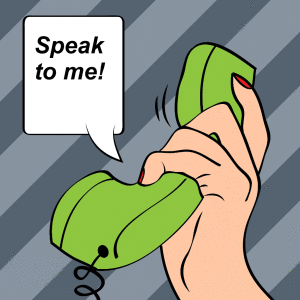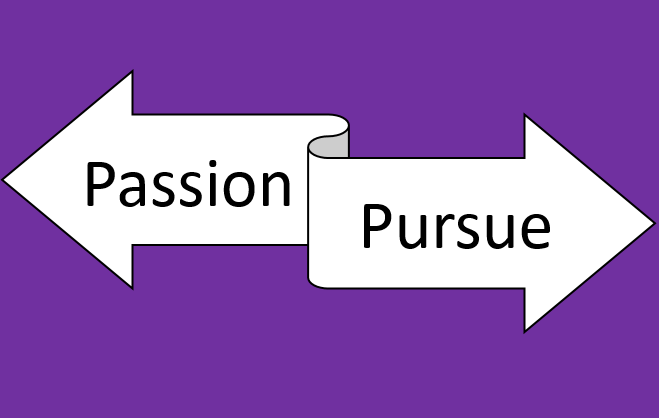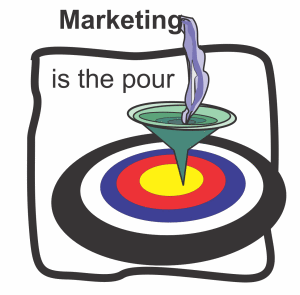Jean asked, “Should I hire a receptionist or a phone answering service?”
“What did you tell her?” said Gail.
“Hold on theah, Slippery, thas your answer to just about anything it seems to me,” said Rob, our loveable branding behemoth from the peach state. “Just what does it depend on if you please?”
Kate jumped in before I could say word. She said, “I can tell you what he’s going to say, Bubba, because I’ve had this discussion with him a couple years ago. I can’t swear to the statistics but he made a pretty good case for having a human on the phone, particularly for a small business like mine. As I recall
- Somewhere north of 75% of all callers that get an answering machine hang up.
- Nine out of ten customers that get a machine in business hours think you are too small to do business with.
- About two thirds of people will immediately call a competitor if a human doesn’t answer.
I said, “You didn’t tell them the most important reason to have someone answering the phone…you can’t afford to miss a call, especially if you look at the average value of your proposals.”
Chris pointed out, “You didn’t really answer Jean’s question: Should she hire a receptionist or an answering service?”
“True,” I responded. “A start-up should definitely look at hiring an answering service. Later, when they can hire a receptionist, assuming there are other clerical activities that person can perform you should look at keeping the answering service on.”
“Wait a minute,” Chris said. “Did you say keep them on?”
“Yes,” I said. “the fact is that if you operate like Kate and a number of consultants I’ve worked with, you will have people calling in anywhere up to three hours ahead or behind the local time zone you operate in because you work with clients or prospects across the USA. In addition, if you are connected on multiple continents you need to worry about what day it is as well as what time.
Over 85% of the times someone might call are outside the time a receptionist is in the office! The beauty of an answering service, a good one, is that you can get coverage 24 hours a day, 7 days a week. On top of that, if you need to gather data for a form or other information a good service can handle it. There are even services that can set telephone appointments for you when someone calls in.
I did a little on-line research to be sure I gave Jean today’s facts. The numbers Kate quoted are still true. Here are a couple others I found that make it a good idea to work with a telephone answering service that is human:
- 80% of callers that get a machine will not call back (and that percentage is increasing).
- 73% of callers answered by a human will not call a competitor (but you have less than two minutes to have someone knowledgeable on the line to handle their questions or arrange for someone to call them back).
- A study from the UK indicated that a human answering every call could increase sales by 25%.
So I believe that it is a worthwhile experiment to try using a human based answering service and carefully monitoring the change in acquisition of new business and retention of current business. The probabilities are: up to a 25% increase in acquisition and assuring between 60 and 70% retention.”
Jerry Fletcher’s blog recaps conversations with clients, prospects and the unruly mob of business development professionals he consorts with. They discuss marketing that works from solopreneur to enterprise level. Jerry Fletcher is the ringleader and “Watson” of the dialogue.
Jerry has been researching and implementing small business marketing that builds businesses, careers and lives of joy for 25 years as President of Z-axis Marketing, Inc. Learn more at www.JerryFletcher.com
Schedule a personal appearance. Jerry speaks internationally on Networking, Marketing and Contact Relationship Magic. www.NetworkingNinja.com










